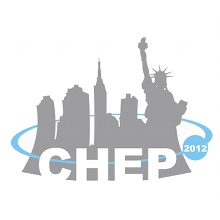Speaker
Durga Rajaram
(IIT, Chicago)
Description
The Muon Ionization Cooling Experiment (MICE) has developed the MICE Analysis User Software (MAUS) to simulate and analyse experimental data. It serves as the primary codebase for the experiment, providing for online data quality checks and offline batch simulation and reconstruction. The code is structured in a Map-Reduce framework to allow parallelization whether on a personal machine or in the control room. Various software engineering practices from industry are also used to ensure correct and maintainable physics code, which include unit, functional and integration tests, continuous integration and load testing, code reviews, and distributed version control systems. Lastly, there are various small design decisions like using JSON as the data structure, using SWIG to allow developers to write components in either Python or C++, or using the SCons python-based build system that may be of interest to other experiments.
Summary
Lessons learned from adopting numerous software engineering practices from industry when developing the MICE experiment software framework. Experiences will be shared.
Author
Co-author
Durga Rajaram
(IIT, Chicago)
